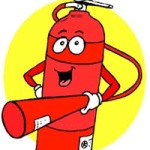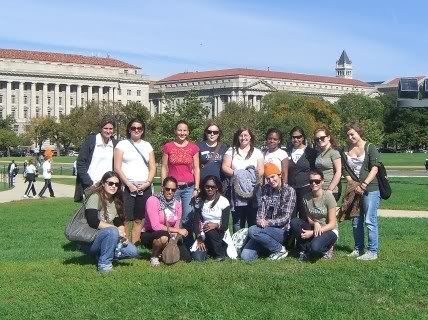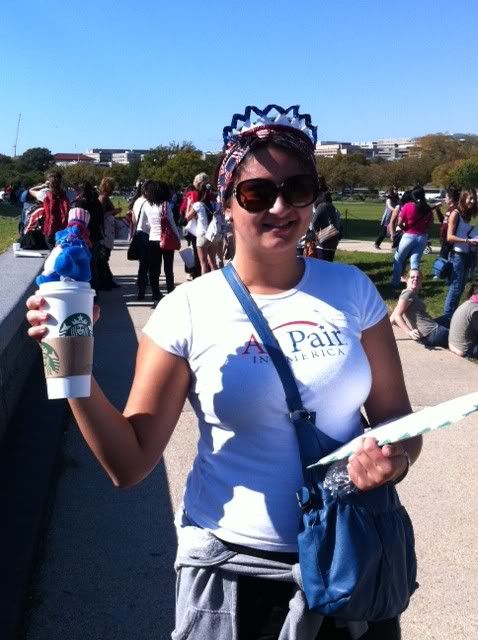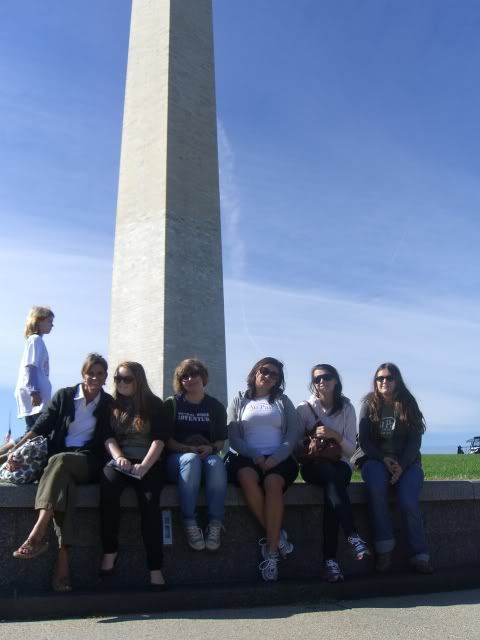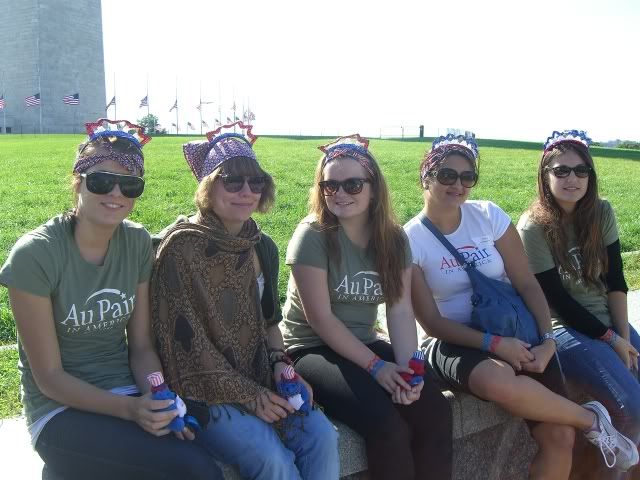Sunday December 11th was the International Holiday party for the Annapolis cluster of Au Pair in America. Each au pair brought a cookie or sweet from her home country to share and all girls went home with a bag of treats from all over the world! Girls from Germany, Brazil, Ukraine and Thailand joined in the festivities. Each au pair brought a wrapped gift for the gift exchange. The gifts were placed under the tree as the au pairs arrived. We learned about each others customs and traditions and got to know each other a bit more! The Thai girls educated us on their New Year traditions as this is the big holiday that is celebrated in their home country. Later we gathered around the tree for the gift exchange, numbers were drawn to determine who went 1, 2, 3 and so on. Natasha Wrobel, Annapolis Community Counselor, handed out Christmas mugs for hot chocolate to keep warm over the upcoming winter months.
We also had the pleasure and honor of having a Federal Marshall visit with us to give the au pairs a safety briefing and practical tips when they are out with their host families children, out on the town alone or out with friends. It was very educational and informative.
Merry Christmas and Happy Holidays to all!



 Thanksgiving in the United States is celebrated on the 4th Thursday in November. It is often thought of as a particularly American holiday because of the story of the Pilgrims and the Indians. You will find, however, that most cultures, religions, and/or countries have some kind of a holiday that involves giving thanks. Many of them are associated with harvest time. Some of them are still celebrated as separate holidays.
Thanksgiving in the United States is celebrated on the 4th Thursday in November. It is often thought of as a particularly American holiday because of the story of the Pilgrims and the Indians. You will find, however, that most cultures, religions, and/or countries have some kind of a holiday that involves giving thanks. Many of them are associated with harvest time. Some of them are still celebrated as separate holidays.  A small group from the Annapolis cluster met on Friday night to paint their own pottery at Xpress It Studio in Crofton on Rt. 3 to make a mug for themself or a gift for a friend.
A small group from the Annapolis cluster met on Friday night to paint their own pottery at Xpress It Studio in Crofton on Rt. 3 to make a mug for themself or a gift for a friend.  Every Halloween night, a chill fills the air as little ghouls and ghosts take to the streets for a night of Trick-or-Treating. Halloween is a time for frights and fun, but is also a time when parents and children should focus on safety.
Every Halloween night, a chill fills the air as little ghouls and ghosts take to the streets for a night of Trick-or-Treating. Halloween is a time for frights and fun, but is also a time when parents and children should focus on safety.![change-300x225[1]](https://blogs.aupairinamerica.com/abc/wp-content/uploads/sites/10/2011/10/change-300x22513.jpg)
